The inside scoop at the 82nd Annual Fall CSPA Conference
A motivated group of HS223 students representing all four grades have launched The Eagle Express, our school newspaper. On November 7th, I was given the opportunity ,along with five other members of the newspaper (insert the names of your fellow attendees), to attend the CPSA 82nd Annual Fall Conference at Columbia University. This one day regional conference offered sequences on writing, editing, management, design, photography, digital media, and issues surrounding freedom of the press.
Participating in the conference was a special opportunity for us to develop our skills to be effective in reporting the news features and expressing opinions. Headlines, ledes and the content of articles must be carefully written. Ranging from the titles of your articles to the different sources you research, it’s important to be accurate, creative and precise with the work you’re publishing.
Some sessions at the Conference offered covered differentiating fake news from real news, while others talked about mastering the interviewing process. Other sessions were about establishing the rules behind the protection of student voices involved in the newspapers of their schools.
No matter the classes, there was always a class that seemed to spark my interest to acquire vital knowledge for success in the future.
When I arrived at the CSPA Conference, the environment was loud and energetic. 1100 students from public and private schools from different states, such as New Jersey, California, and Pennsylvania, attended the conference.. My group and I completed our registration and were provided our identification cards, which would allow us to enter the sessions we were interested in attending. Classes were spread out in all parts of the Columbia campus.
The journalism sessions were split up into different time intervals. Session 1 was from 9:15 to 10:00. Session 2 was from 10:15 to 11:00. Session 3 was lunch time, which was from 11:15 to 12:00. Session 4 was from 12:15 to 1:00. Session 5 was from 1:15 to 2:00. And finally, Session 6 was from 2:15 to 3:00.
At9 am, I went to the location of the 1st session I was interested in, “Fake News: Sorting the Real Info from the C.R.A.A.P.” The session provided valuable information on how to identify real news sources from fake news sources. We were shown examples of how different organizations misinform the public. We were shown some of the necessary steps towards differentiating the good news from the misleading stories that clogs up the internet. Examples include identifying if the author of the text is credible and reliable, if the words in the articles or o\postings are spelled correctly and are presented in an informative tone, and knowing if the news sources are verified sources. All these steps of identifying real sources have started to be incorporated into my way of thinking as reporting on the news can only be effective with getting accurate and reliable information.
After 10:00, I moved to my Session 2 class, “Mastering the Interview.” In journalism, talking with other people is required to report on the facts of an event. The room where the session was held was full to maximum capacity. The session provided simplified steps towards achieving a successful interview. Maintaining small talk, recording the interview, and communicating your thoughts and wants were some of the many skills brought up during the session. The session provided a thorough breakdown of the things required from the interviewer, such as effective communication and social skills to make the interview comfortable. At the same time, it highlighted how the interviewee was also required to consent and explicitly state if they want the information they’re provided to be made public or not.
As Session 2 ended, I reconvened with the group and went out to get lunch around 11:15 to 11:20. We reviewed the remaining sessions and split up to attend the sessions that seemed most interesting to each of us.
After the lunch break finished, I decided to sit in on the session “New Voices – Does Your State Protect the Student Press.” The name was interesting and intriguing, considering how the voices of student newspaper members aren’t largely talked about. In order to run an effective newspaper, you must be able to express the voice of the students and inform the community. This session provided insight on the political issue of press freedoms in journalism. A variety of states have begun incorporating laws to protect the voices of student journalists, allowing greater freedom and ability to report on the news. Currently, New York is in the process of implementing a New Voices Bill, which can protect the freedom and rights of student journalists.
As soon as this session ended I walked across campus to hear the presentation “Welcome to Podcast Nation.” Having a podcast seems interesting. Currently, our school does not have a podcast where students interview factually or other students. This session helped some advisors generate the idea of having a mobile podcast running, where someone can go around the halls and interview students about their opinions on specific topics or events occurring. Of course, recording equipment and training would need to be acquired, but everyday issues and interactions with high school students can make a mobile podcast successful.
And lastly, Session 6 presented one of the most important aspects of journalism, “Writing Good Ledes.” When you’re trying to write an article, it’s always important to have a hook to persuade the reader into reading it. At the same time, the lead needs to remain true to the story you’re presenting. Session 6 presented the opportunity of understanding how leaders were formulated. During the session we were given hands-on experience with creating some ledes of our own. The different leads being presented allowed me to formulate leads helping me understand the process of creating leads. The process was slow, yet being able to articulate the article in an opening lede, covering multiple points was challenging but fun. It needed to be short, relevant, and hooking, or you risk losing the interest of your audience.
The 82nd Annual Fall CSPA Conference at Columbia University served to be an amazing opportunity that filled me with crucial information. It allowed me to understand the different components that are necessary towards becoming a successful journalist, while also exposing me to a large and strenuous environment. It served to prepare me for the future of college, but also journalism if I ever feel interested pursuing it in the future. It was one of the best experiences I’ve ever had.
Your donation will support the student journalists of The Laboratory School of Finance and Technology. Your contribution will allow us to purchase equipment and cover our annual website hosting costs.
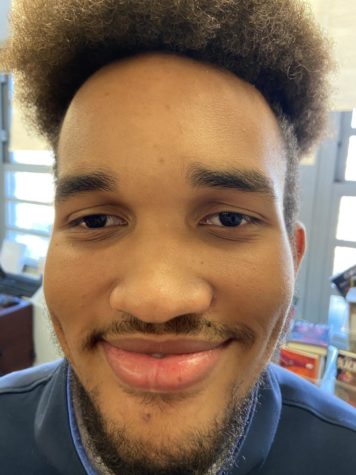
Jason is a member of the Class of '23 at The Laboratory School of Finance and Technology.
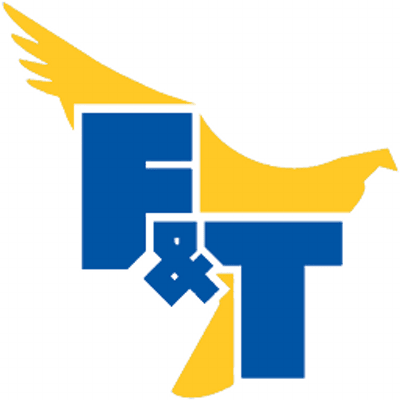



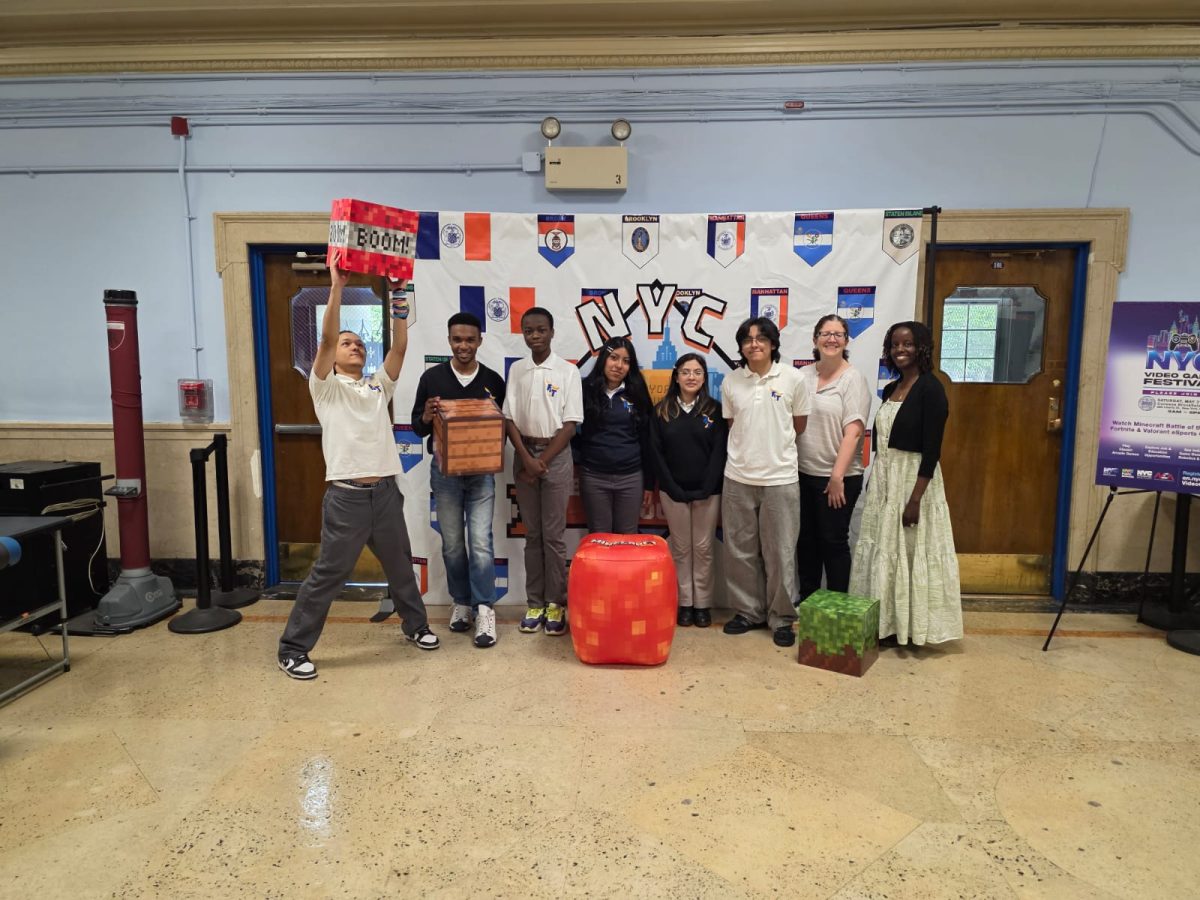

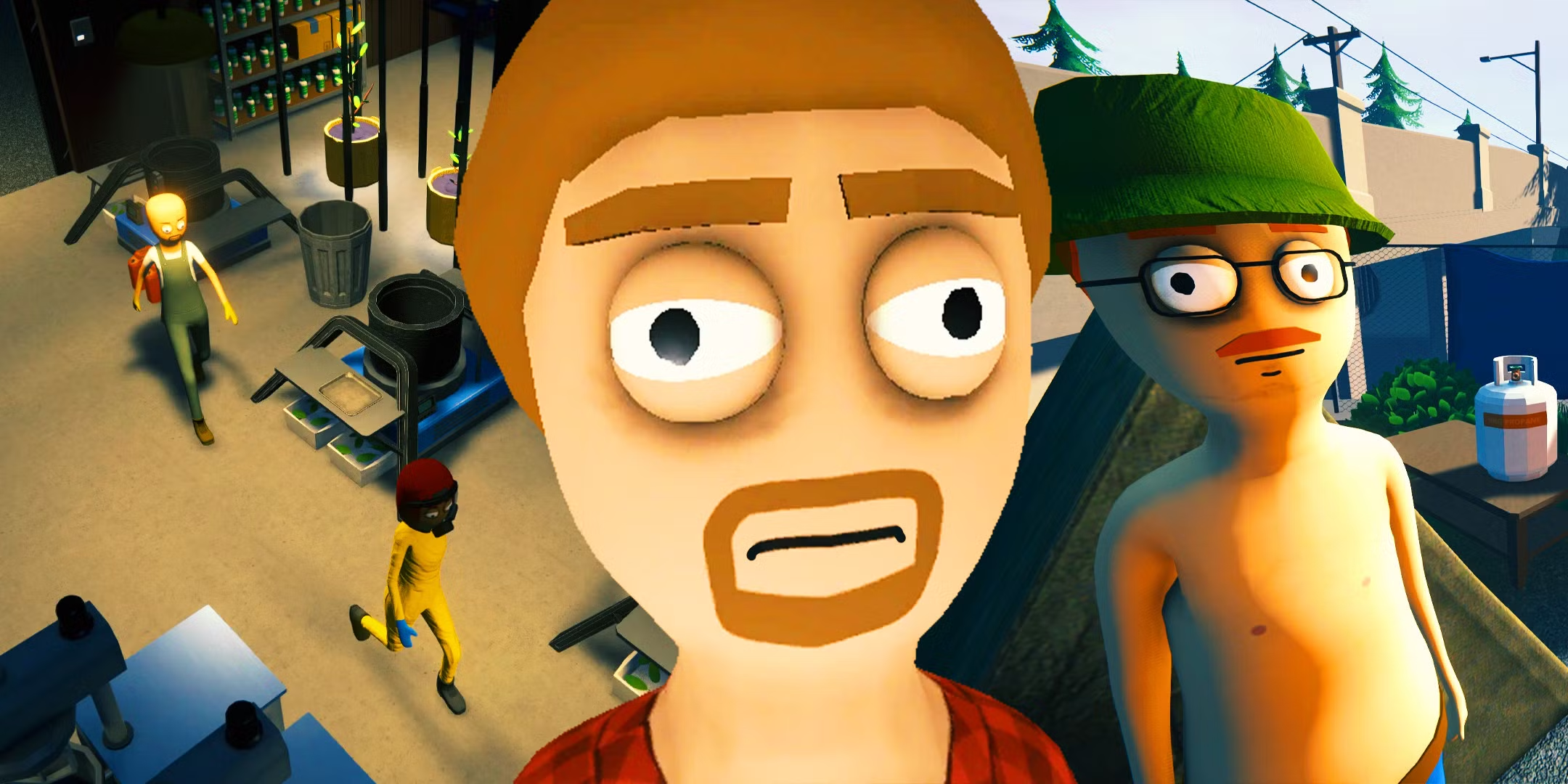

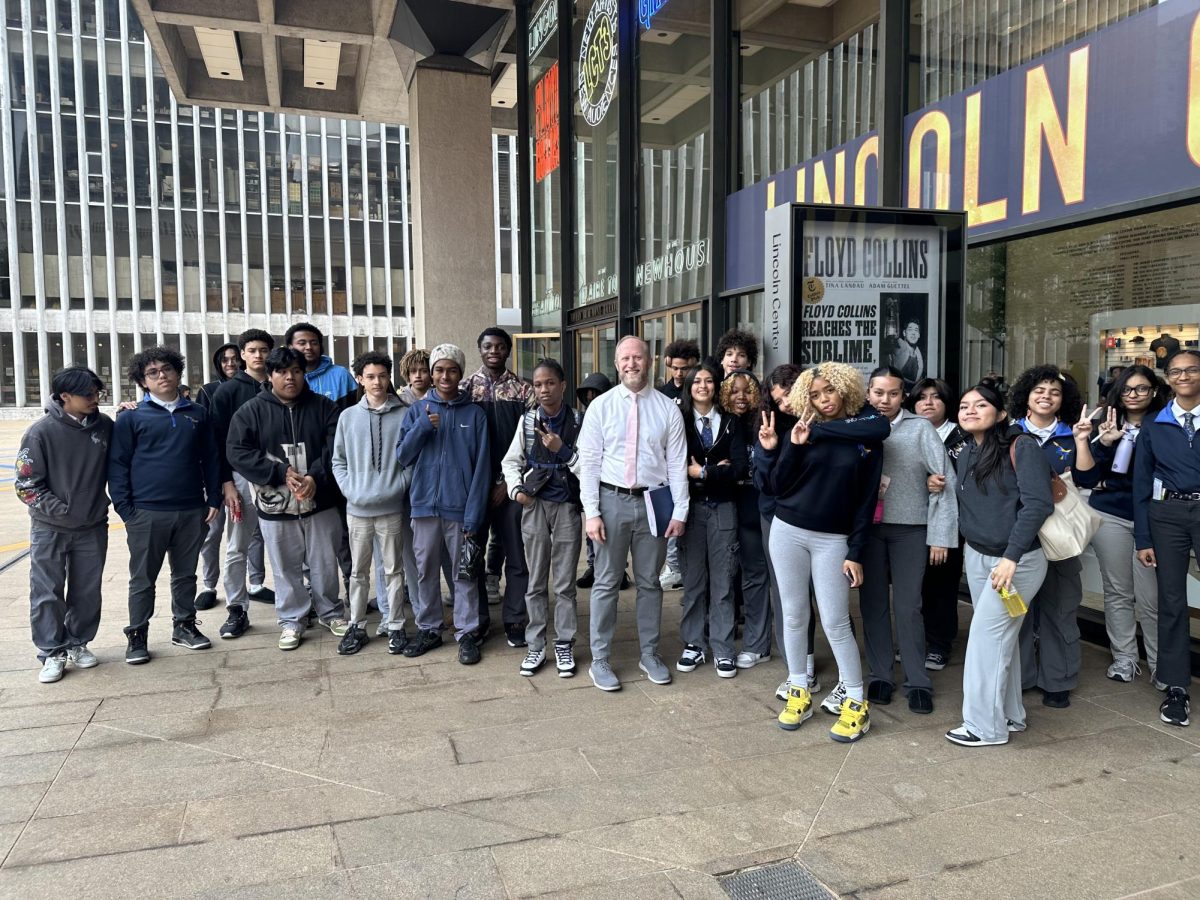
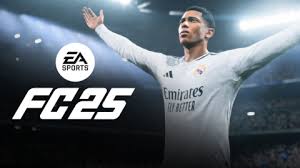

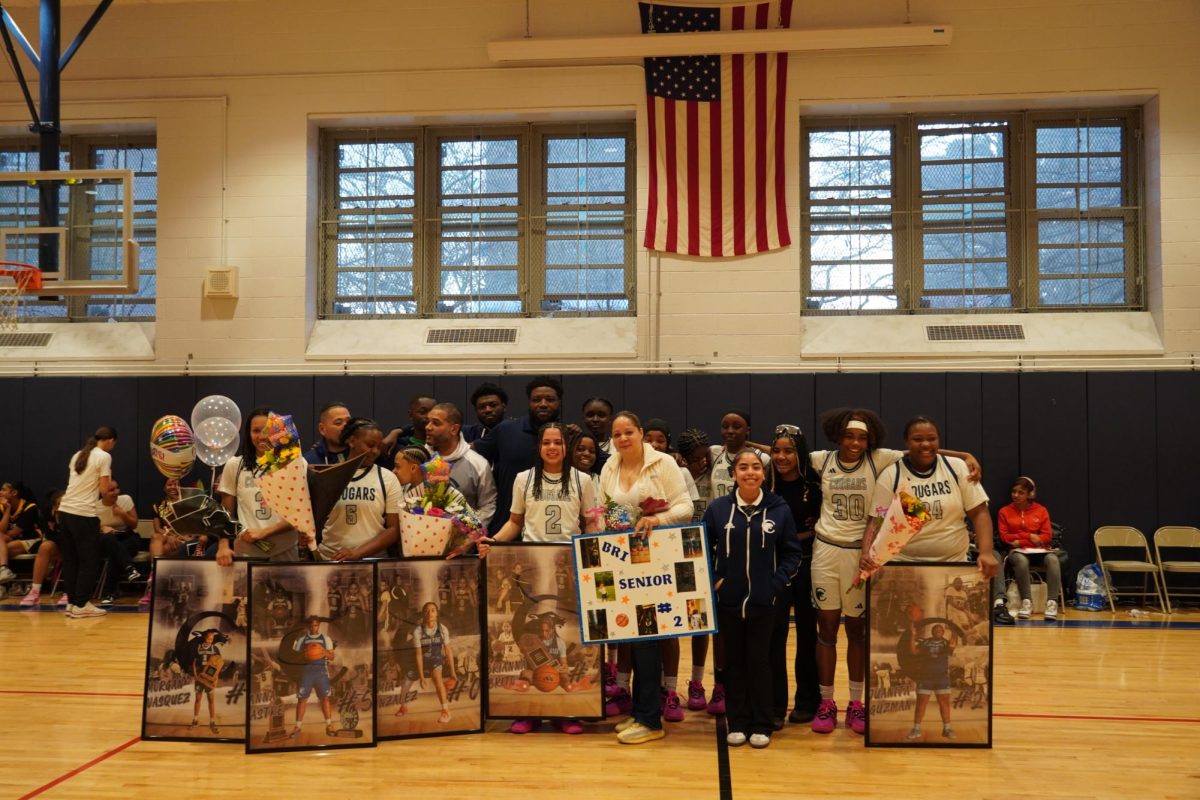


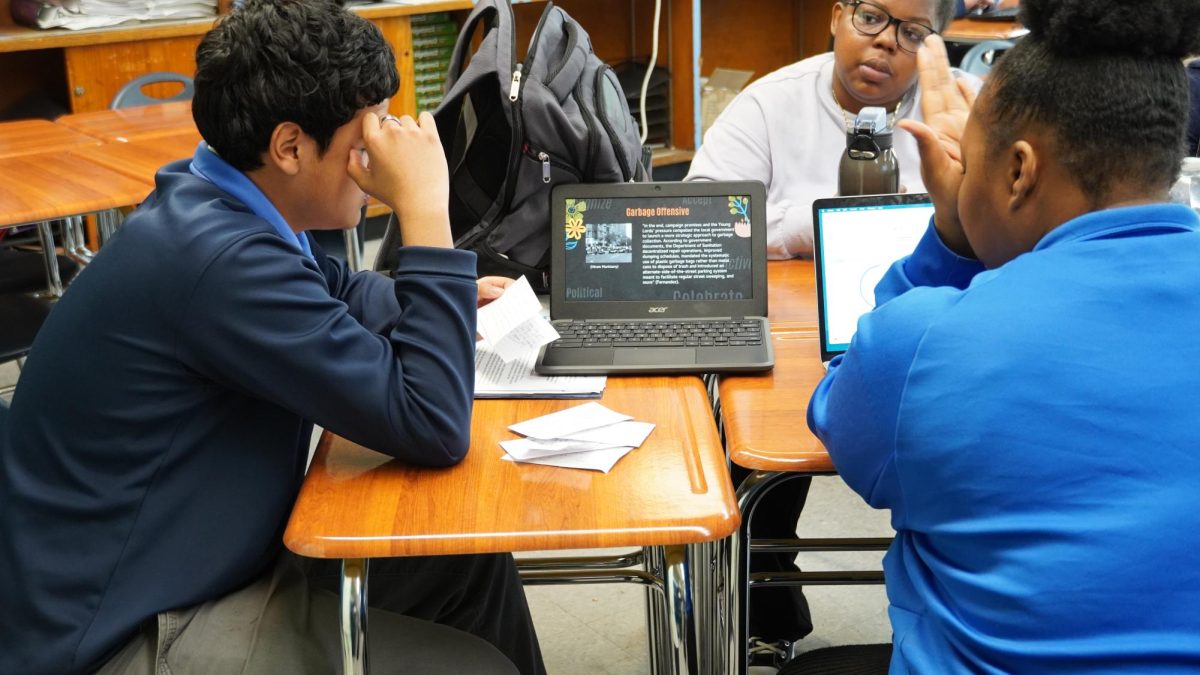
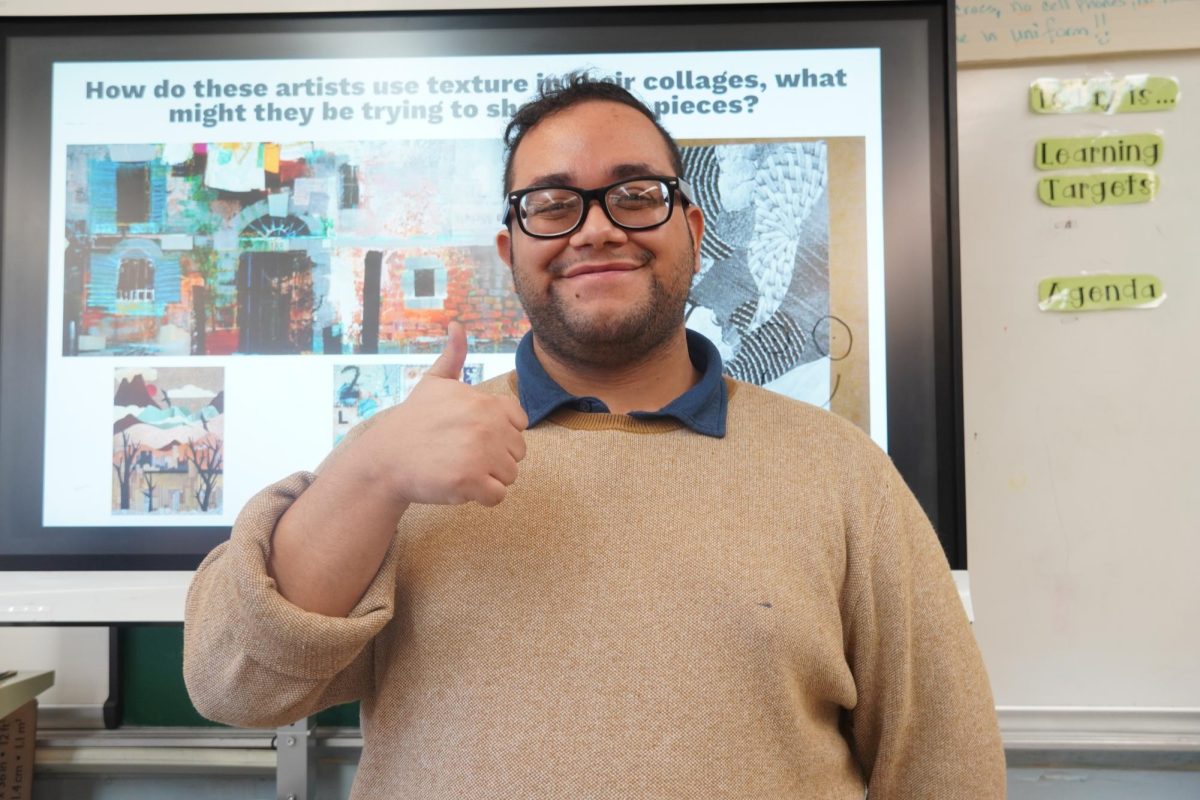
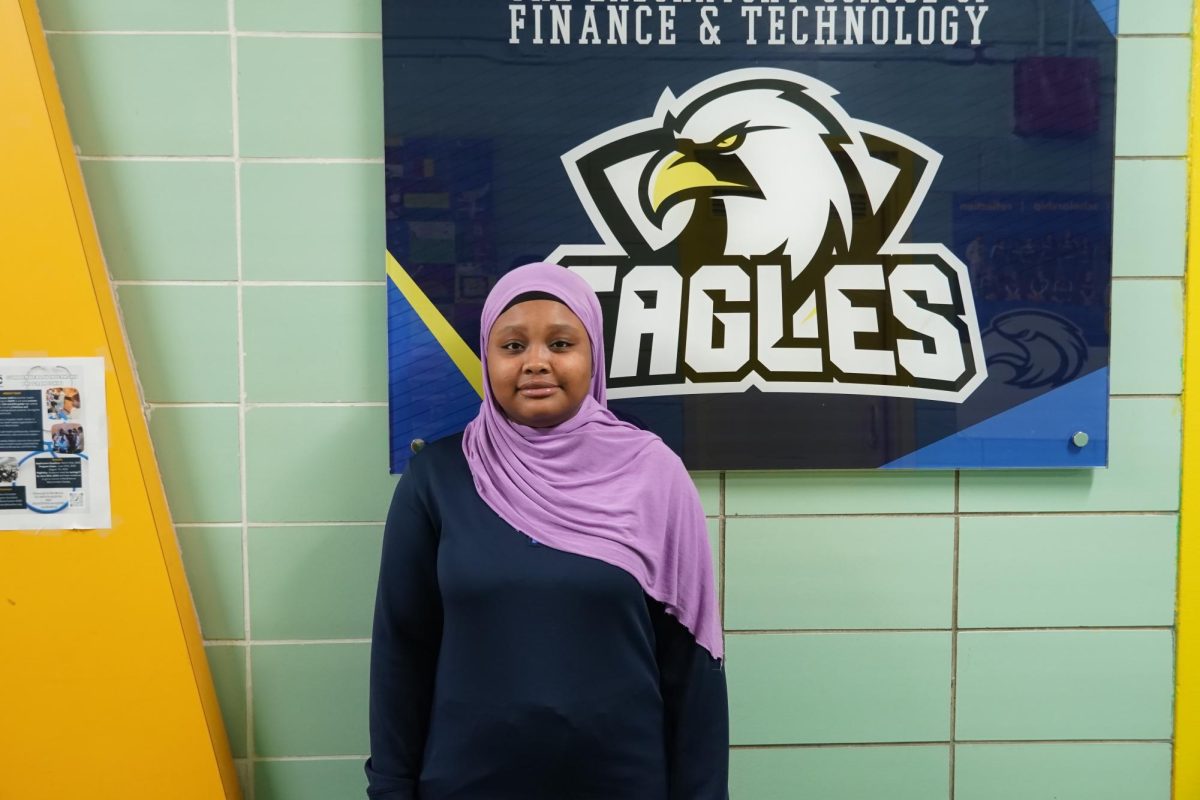
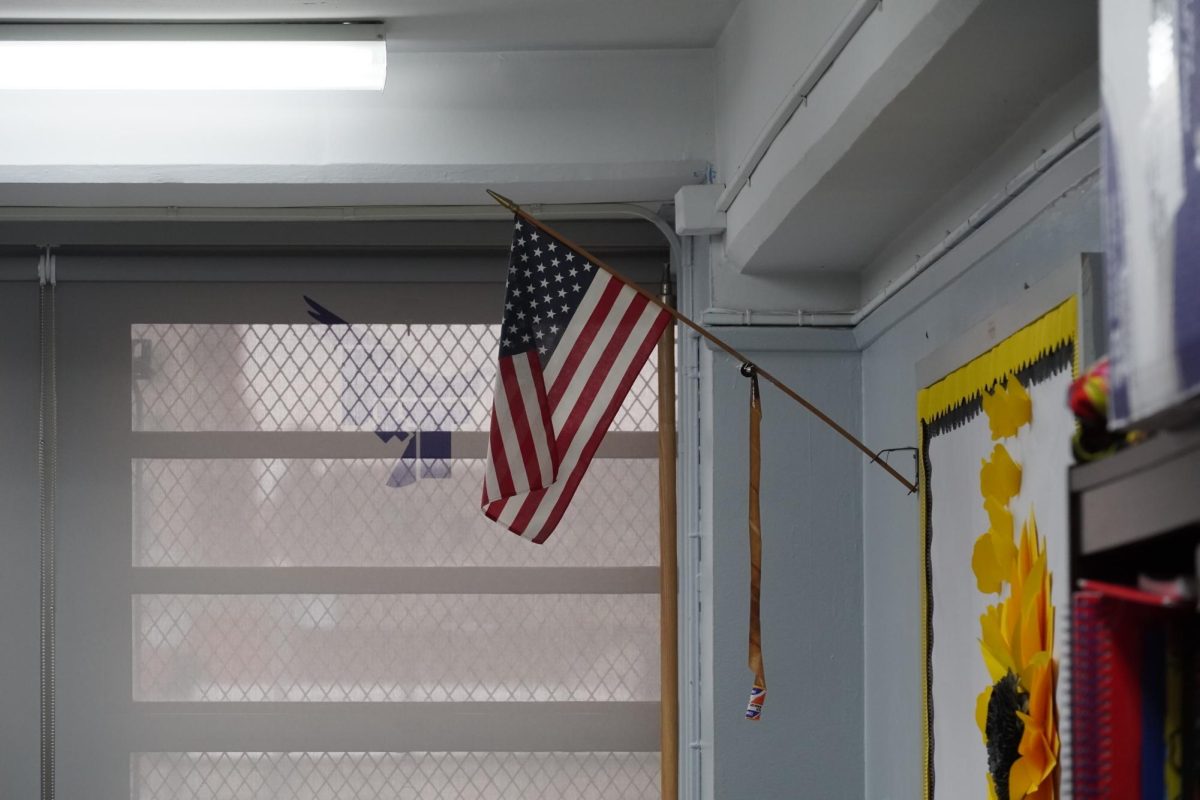
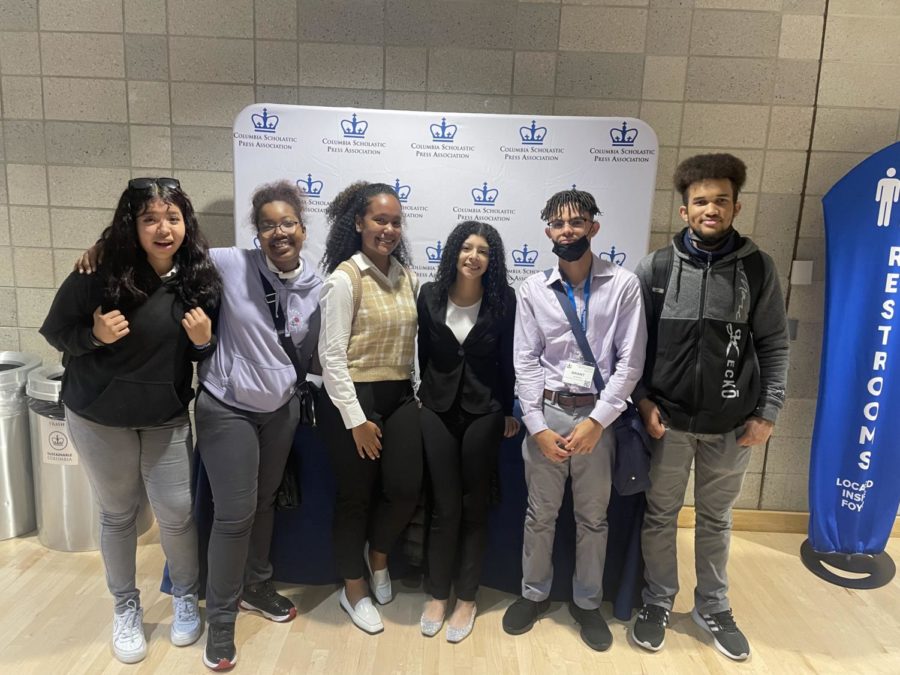
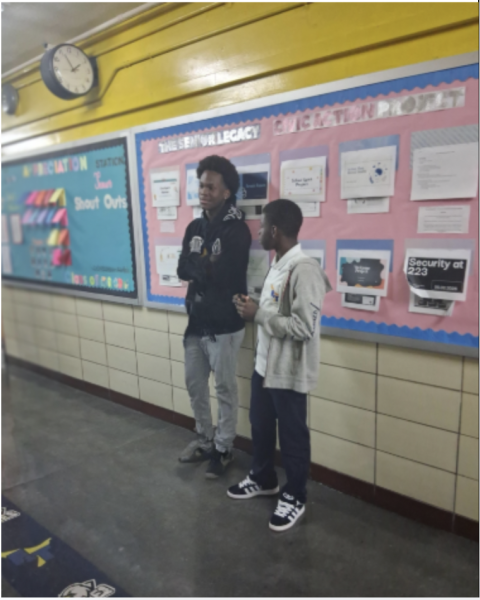
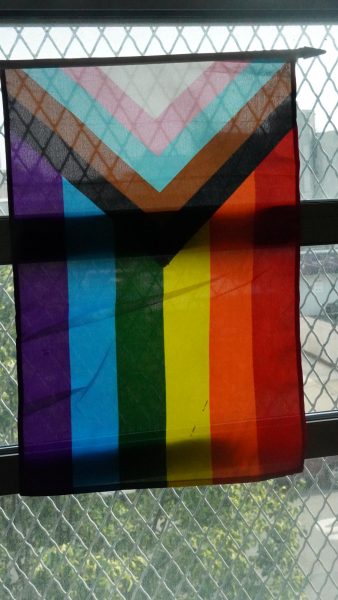

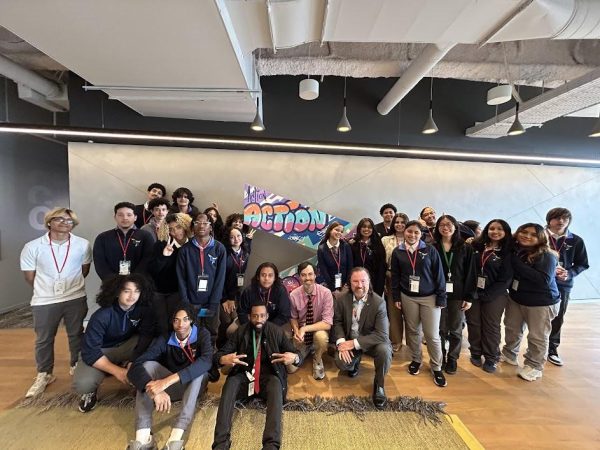
Jolie Gefen
Apr 19, 2023 at 9:51 am
Jason, I’ve just read your article and, WOW! This article painted a very clear picture of the CSPA Conference. I gained so much information from your article and your writing techniques really allowed me to visualize the Conference with you. I specifically enjoyed how you described the different sessions at the event because you told me about what happened at the Conference, but also important aspects of journalism. I found the presentation about the podcast interesting to read about and I love how it encouraged your school to potentially start one of their own! Congratulations on this article and on your school’s newspaper!
Gena Frucht
Apr 18, 2023 at 12:48 pm
Hi Jason, my name is Gena Frucht, and I am also a high school journalist for Inklings News! This is a great article, and I really enjoyed reading it! I like how you introduced the Eagle Express and briefly described the conference. This is a powerful way of opening the article because if someone only reads the first stanza, they will be able to understand what the Eagle Express and CSPA are. Additionally, I like how you moved through the conference chronologically. This made the article easy to follow and gave me an understanding of how the conference runs. You made me want to attend! I liked how you closed the article by connecting it to your possible future as a journalist. This is a great article!
Mia Kirkorsky
Apr 18, 2023 at 12:05 pm
Hi! I’m Mia Kirkorsky. I, too, am a student journalist, I write for Inklings News in CT. I just wanted to start by saying how impressed I was by your article! You have a great lede and an enticing headline! I also really like your graphics! Keep up your great work and know what you’re writing matters, is being read, and makes an impact.
Chris Lenerz
Dec 7, 2022 at 9:21 am
Congratulations on launching your online publication!
Great story and very user friendly. Just try to imbed a few more photos! I’m sure your group took lot’s of photos on their phones–try to include a few more in future stories.